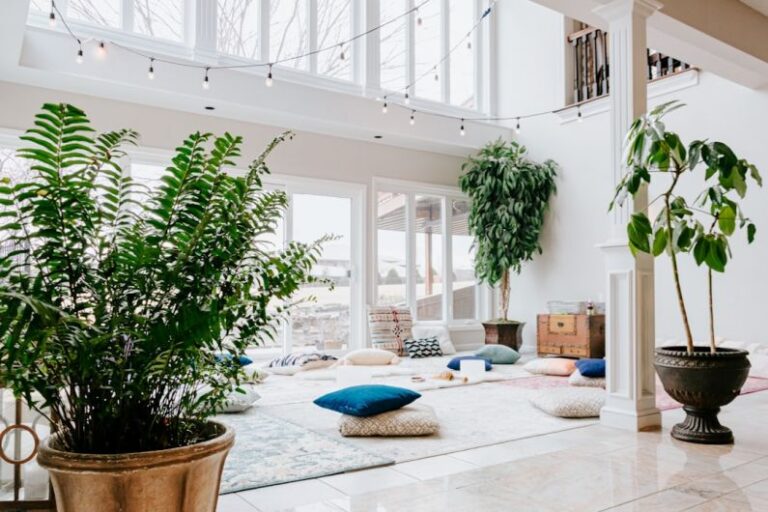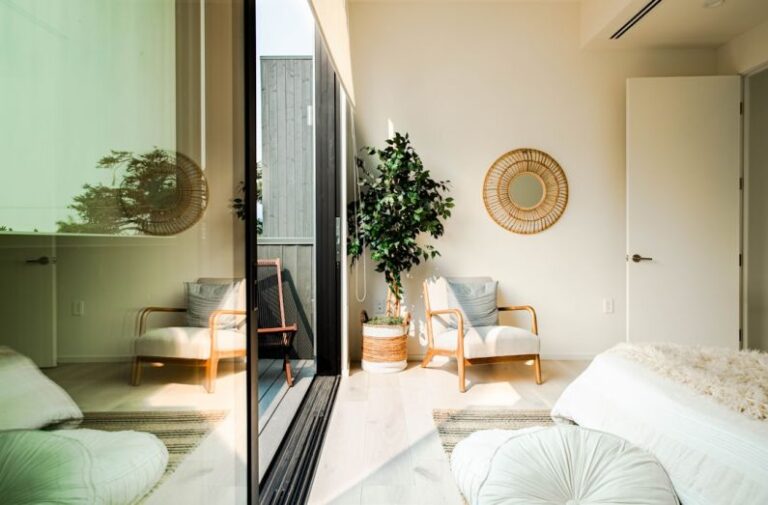Noise Reduction Techniques for a Quieter Home
A peaceful and quiet home is a sanctuary for relaxation and rejuvenation. However, in today’s bustling world, achieving a noise-free environment can be challenging. Unwanted noise can disrupt sleep, increase stress levels, and hinder productivity. Fortunately, there are various techniques and strategies that can help reduce noise levels in your home, creating a more serene and tranquil living space.
Soundproofing Walls and Floors
One of the most effective ways to minimize noise transmission within your home is by soundproofing walls and floors. Soundproofing materials such as acoustic panels, soundproof curtains, and carpets can help absorb and block sound waves, reducing the impact of external noises and preventing sound from traveling between rooms. Installing soundproofing materials can significantly decrease noise levels, making your home a quieter and more peaceful place to be.
Sealing Gaps and Cracks
Gaps and cracks in doors, windows, and walls can be major culprits for allowing noise to enter your home. By sealing these openings with weatherstripping, caulking, or draft stoppers, you can effectively block out external noise sources and create a more soundproof environment. Paying attention to these small details can make a big difference in reducing noise levels and enhancing the overall quietness of your home.
Investing in Soundproof Windows
Windows are often weak points in a home’s soundproofing defenses, as they can easily allow noise to penetrate through the glass. Upgrading to soundproof windows, which are designed to reduce noise transmission, can significantly decrease external sounds such as traffic, construction, or neighborhood disturbances. Soundproof windows are an investment in creating a quieter home environment and can provide long-term benefits in terms of noise reduction and improved comfort.
Utilizing White Noise Machines
White noise machines are devices that emit a consistent, soothing sound that can help mask disruptive noises and create a more serene ambiance in your home. By generating a steady background noise, white noise machines can effectively drown out external sounds and promote a quieter atmosphere for relaxation and focus. White noise machines are especially useful for bedrooms, offices, and other areas where peace and quiet are essential.
Optimizing Furniture Arrangement
The layout and placement of furniture in your home can also impact noise levels and acoustics. By strategically positioning furniture pieces such as bookshelves, sofas, and rugs, you can help absorb and deflect sound waves, reducing echoes and reverberations in your living space. Additionally, incorporating soft furnishings and textiles like cushions, curtains, and upholstery can further dampen noise and create a more tranquil environment.
Creating a Soundproof Home Office
For those who work or study from home, having a quiet and distraction-free environment is crucial for productivity and concentration. Designating a dedicated home office space and implementing soundproofing techniques can help minimize noise interruptions and enhance focus. Installing soundproofing materials, using noise-canceling headphones, and optimizing the layout of your workspace can all contribute to a quieter and more conducive work environment.
Redefining the Quiet Home Experience
In conclusion, achieving a quieter home is not an unattainable goal. By implementing soundproofing techniques, sealing gaps and cracks, investing in soundproof windows, utilizing white noise machines, optimizing furniture arrangement, and creating a soundproof home office, you can significantly reduce noise levels and create a more peaceful living environment. Prioritizing a quiet home experience is essential for promoting relaxation, well-being, and overall quality of life. By taking proactive steps to minimize noise disturbances, you can transform your home into a tranquil retreat where serenity reigns supreme.






